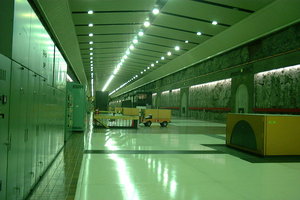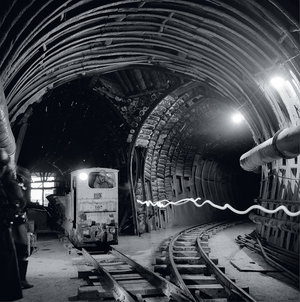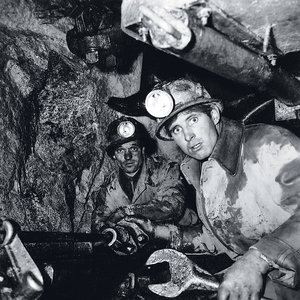

A very good example of facilities where the underground space is used to convey water are underground hydropower stations.
An underground power station is a type of hydroelectric power station constructed by excavating the major components (e.g. machine hall, penstocks, and tailrace) from rock, rather than the more common surface-based construction methods.
Often underground power stations form part of pumped storage hydroelectricity schemes. Their basic function is to level load. They use cheap or surplus off-peak power to pump water from a lower lake to an upper lake. Then, during peak periods (when electricity prices are often high), the power station generates power from the water held in the upper lake.

This solution can also be applied to “store energy” from other variable sources like solar or wind energy, as water can be pumped when solar and/or wind energy is available, and this energy is “stored” under the form of water potential energy, which could be transformed back into energy when needed.
Some examples are the Snoqualmie Falls power station in King County, Washington, United States. Built in 1898, it was the world's first underground power station and is still used to provide power to the Seattle area.
Another example in North America is the Robert-Bourassa generating station, Quebec, Canada, the largest underground power station in the world. It generates 5,616 MW from 16 turbines with a net rated head of 137.2 m.

